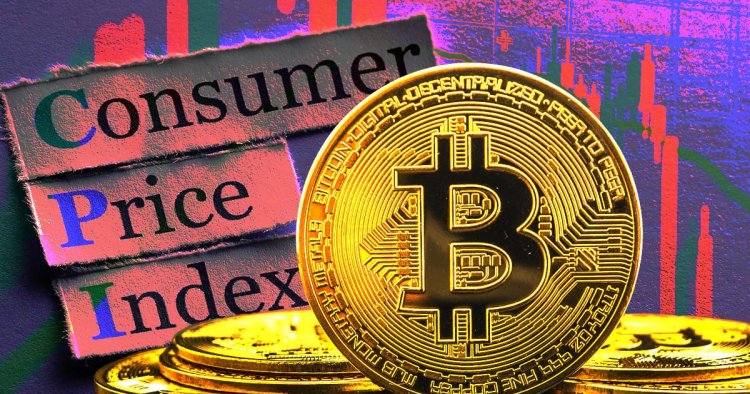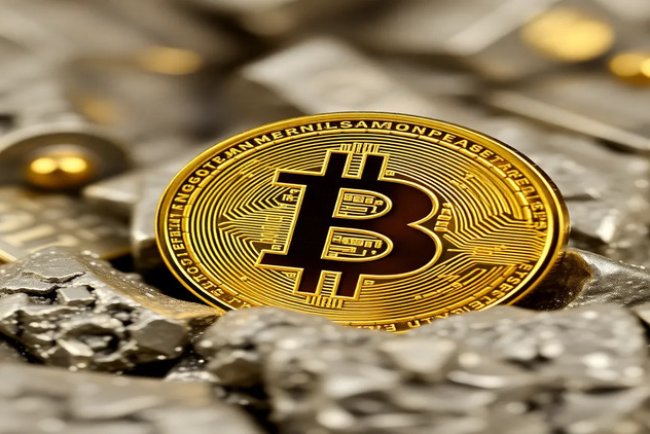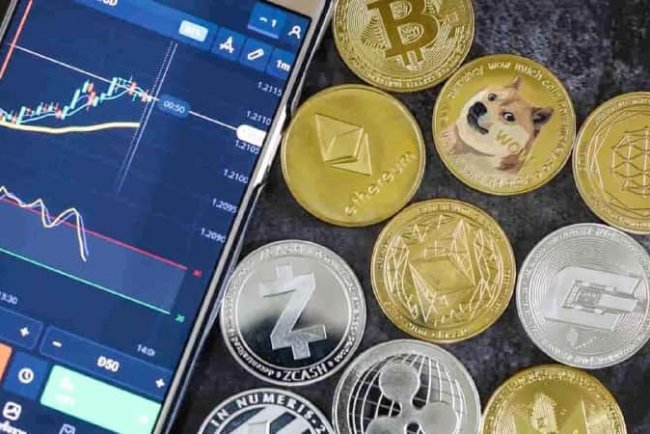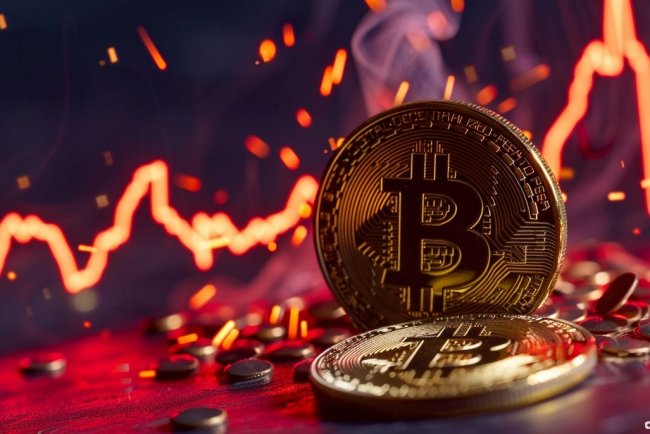Here’s How Bitcoin Price Could React to Rising CPI and PPI Inflation
The recent release of U.S. inflation data, including a steady Producer Price Index (PPI) and a slight increase in the Consumer Price Index (CPI), has raised concerns about persistent inflation. This could lead to a more aggressive stance from the Federal Reserve regarding monetary policy, potentially tightening rates to combat inflation. As a result, Bitcoin, currently trading around $62,000, may experience increased volatility. If the Fed adopts a hawkish approach, Bitcoin could face downward pressure, particularly if it drops below the critical support level of $60,000. Despite these short-term challenges, Bitcoin remains an attractive long-term hedge against inflation for many investors.

Inflation concerns have resurfaced following the U.S. release of its latest Producer Price Index (PPI) data on October 11, 2024, for September. The PPI remained unchanged month-over-month, contrary to expectations of a 0.1% increase, but showed a year-over-year rise of 1.8%, slightly above the forecast of 1.6%.
Similarly, the Consumer Price Index (CPI) data indicated persistent inflation, with a monthly increase of 0.2%, consistent with the previous two months. Year-over-year inflation decreased slightly to 2.4%, down from 2.5% in August, yet still above the anticipated 2.3%.
Market Reactions
Following the inflation data release, U.S. Treasury yields fell, with the two-year yield at 3.96% and the 10-year yield dropping to 4.09%. The U.S. Dollar Index also saw a decline, briefly dipping below 102.80. The rise in Core CPI for the first time in 18 months may signal a shift in the Federal Reserve's approach to monetary policy, as inflationary pressures appear to be increasing.
Bitcoin's Response to Inflation
Currently trading around $62,000, Bitcoin could experience significant volatility due to the latest inflation data. If the Federal Reserve tightens monetary policy in response to inflation, it may lead to a liquidity pullback, potentially causing a short-term dip in Bitcoin's price. A drop below the critical support level of $60,000 could occur if the Fed adopts a more hawkish stance.
Despite potential short-term declines, Bitcoin's long-term outlook as an inflation hedge remains strong, as rising inflation may drive more investors to view it as a store of value against the devaluation of traditional currencies.
Short-term Volatility Ahead
As inflation rises, the Federal Reserve may adopt a more aggressive tone, possibly pausing or slowing rate cuts to manage inflation. This could lead to reduced liquidity in financial markets and a sell-off in riskier assets, including Bitcoin. Currently, Bitcoin is trading at approximately $62,216, reflecting a 24-hour increase of 2.5%, but broader market sentiment remains cautious.
Future Outlook for Bitcoin
Investors are closely monitoring whether the Fed will pause or slow its rate cuts. The CME Group’s FedWatch Tool indicates an 84% probability of a 0.25% rate cut in November, but as inflation remains elevated, the likelihood of rates staying unchanged is increasing.
For now, Bitcoin's price has remained stable, but investors should be prepared for potential market shifts, as the Federal Reserve's response will likely influence Bitcoin's short-term trajectory. If the Fed takes a more hawkish approach, Bitcoin could face downward pressure, testing key support levels.
In conclusion, rising CPI and PPI inflation data present a challenging scenario for Bitcoin. While short-term volatility may arise if the Federal Reserve tightens monetary policy, Bitcoin's long-term appeal as a hedge against inflation continues to attract investors concerned about inflationary risks.
FAQ: Bitcoin's Reaction to Rising CPI and PPI Inflation
1. What are CPI and PPI?
CPI (Consumer Price Index) measures the average change over time in the prices paid by consumers for goods and services, while PPI (Producer Price Index) measures the average change in selling prices received by domestic producers for their output.
2. How did the latest PPI data affect market sentiment?
The latest PPI data showed a year-over-year increase of 1.8%, slightly above expectations, which raised concerns about persistent inflation and its potential impact on monetary policy.
3. What was the reaction of U.S. Treasury yields to the inflation data?
Following the inflation data release, U.S. Treasury yields fell, with the two-year yield at 3.96% and the 10-year yield dropping to 4.09%, indicating a shift in investor sentiment regarding future interest rates.
4. How does rising inflation impact Bitcoin's price?
Rising inflation can lead to increased volatility in Bitcoin's price. If the Federal Reserve tightens monetary policy in response to inflation, it may result in a liquidity pullback, potentially causing Bitcoin's price to dip.
5. What is the current price of Bitcoin?
As of the latest update, Bitcoin is trading around $62,000, reflecting a 24-hour increase of 2.5%.
6. What support level should investors watch for Bitcoin?
Investors should monitor the critical support level of $60,000. A drop below this level could indicate further downward pressure on Bitcoin's price.
7. Why do some investors view Bitcoin as an inflation hedge?
Many investors consider Bitcoin a store of value against the devaluation of traditional currencies, especially during periods of rising inflation, which can erode purchasing power.
8. What is the Federal Reserve's potential response to rising inflation?
The Federal Reserve may adopt a more aggressive monetary policy stance, potentially pausing or slowing rate cuts to manage inflation, which could impact liquidity in financial markets.
9. What does the CME Group’s FedWatch Tool indicate about future rate cuts?
The CME Group’s FedWatch Tool currently indicates an 84% probability of a 0.25% rate cut in November, but rising inflation may increase the likelihood of rates remaining unchanged.
10. What should investors be prepared for regarding Bitcoin's future?
Investors should be prepared for potential market shifts and volatility in Bitcoin's price, particularly if the Federal Reserve takes a more hawkish approach to monetary policy in response to rising inflation.
What's Your Reaction?
















